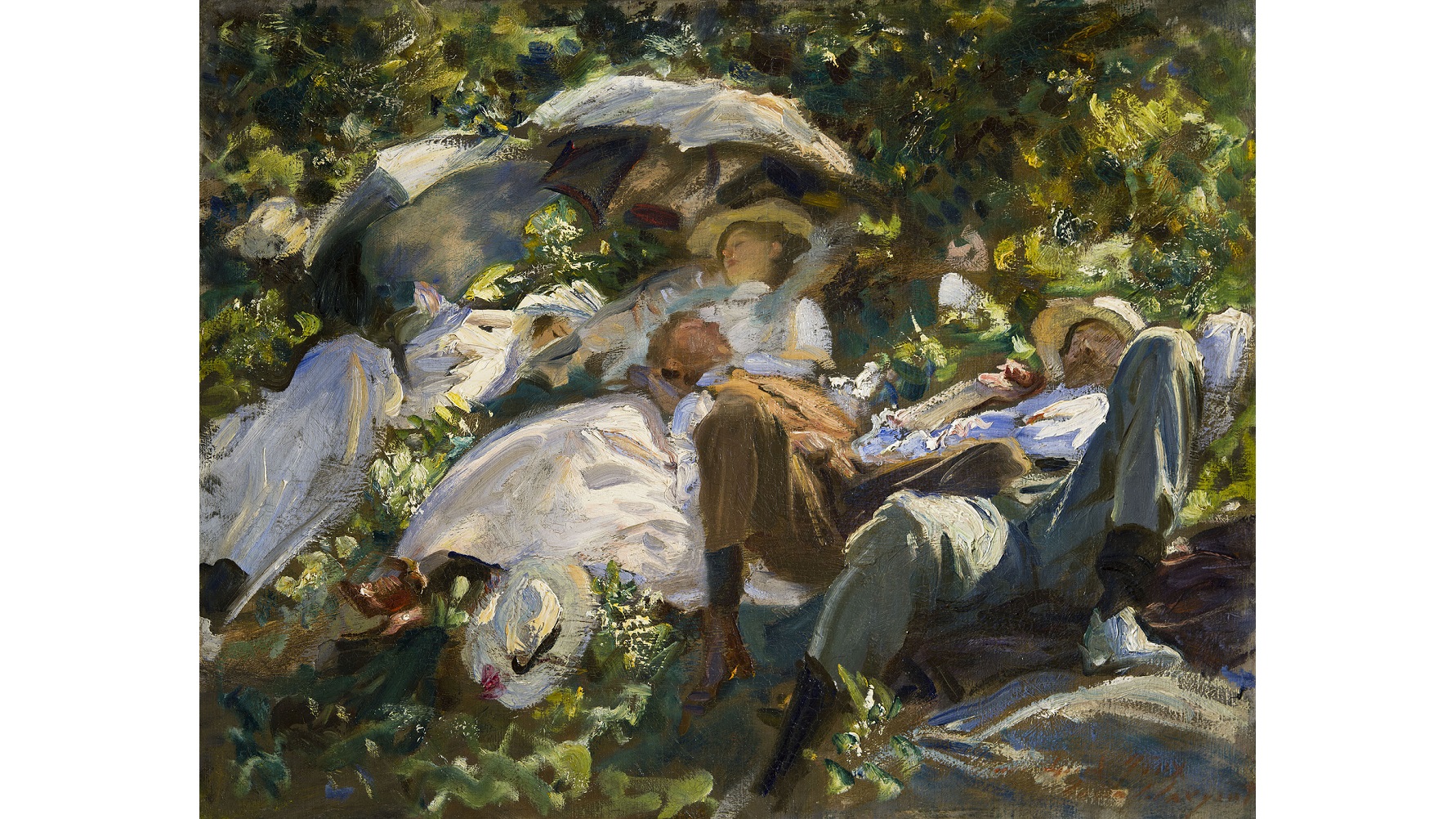If it happened billions of years ago, what’s it still doing here? “We like to admit to only that which already glows, although it is nobler to support brightness before […]
Search Results
You searched for: light
Google’s Project Oxygen recently vindicated those who refute the claim that managers don’t matter. Now the search giant’s researchers want to dive deeper and explore the building blocks of team chemistry.
Psychologists think there’s another reason behind the scorn atheists face, and it’s fear. Atheists make some people confront the idea there may not be everlasting life after death.
If you’re one of the 85,000 readers who took the three-question quiz I posted last week, chances are you answered some items incorrectly. Like some of my smart, accomplished friends and family […]
There are three kinds of BS, explains Stewart, and all three made appearances last night.
This International Women’s Day, celebrate Henrietta Leavitt, who took us beyond the stars and into the galaxies. “Her will tells nearly all. She left an estate worth $314.91, mostly in […]
As dark energy takes over and distant galaxies accelerate, what are we losing, and what does that mean? “What is that feeling when you’re driving away from people and they […]
The closest, brightest edge-on galaxy gives us a view like nothing else. “Since man, fragment of the universe, is governed by the same laws that preside over the heavens, it […]
The 70th anniversary of the dropping of atomic bombs on the Japanese cities of Hiroshima and Nagasaki will undoubtedly be accompanied by images of the “mushroom clouds” that rose over both cities. Terrible and sublime, these images burned themselves into the consciousness of “the greatest generation” and every generation since that’s lived with both the legacy of nuclear war and the reality of nuclear energy. A new exhibition at the Art Gallery of Ontario titled Camera Atomica looks deeply at the interrelated nature of photography and nuclear war and peace to come away with a fascinating glimpse of the calculatedly manufactured “atomic sublime” — the fascination with such terrible power at our command that simply won’t let us look away.
Criticisms from animal rights activists and concerns for the elephants’ welfare have prompted the “Greatest Show on Earth” to retire its pachyderm performers in three years’ time.
Without this one piece of the puzzle, everything we know falls apart. “Is no one inspired by our present picture of the Universe? This value of science remains unsung by […]
As NASA researchers strive to create training programs for future Mars missions, the lessons they learn have implications for other forms of training here on Earth.
Waiting until the last minute isn’t a healthy or productive way to produce your best stuff. Musician Dan Deacon has a unique take on creativity: draw your inspiration from boredom.
If you knew nothing, Jon Snow, here’s what it’s doing in five simple steps. “Let them see that their words can cut you and you’ll never be free of the […]
And are there independent ways to check? “Youth is the gift of nature, but age is a work of art.” –Stanislaw Jerzy Lec Each week at Starts With A Bang, […]
Lessons from the Universe whenever a light goes out. “End? No, the journey doesn’t end here. Death is just another path, one that we all must take. The grey rain-curtain […]
If you ever saw a spiral galaxy where one side looked darker than another, prepare yourself: now we know why! “With an eye made quiet by the power of harmony, […]
What makes the Sun shine? For decades, the science didn’t add up. “Every time we get slapped down, we can say, ‘Thank you, Mother Nature,’ because it means we’re about […]
The first human colonies might not be on the surface of Mars, but amidst the clouds of Venus. “I remember as a kid having a balloon and accidentally letting the […]
Even the dead stars still shine today, and will for a long time. But they, too, will fade to black. “As the blackness of the night recedes so does the […]
The future of stars like our own, in a story only pictures can tell. “I lie on the floor, washed by nothing and hanging on. I cry at night. I […]
On January 1, 2016, one of the most infamous books of the 20th century — Adolf Hitler’s Mein Kampf — enters public domain and can be published by anyone in Germany for the first time since the end of World War II. Seventy years after the fall of the Nazis, people still debate allowing that particularly evil genii out of the bottle to influence young minds. Others argue that the genii’s been out of the bottle all along, either through underground sources or, more recently, the Internet. More controllable, however, have been the propaganda films of the Nazis, whose chief propagandist, Joseph Goebbels, announced in 1941 that, “Film is our most important medium for propaganda.” Felix Moeller’s new documentary Forbidden Films: The Hidden Legacy of Nazi Film examines this question of allowing new generations to see these banned films and, if so, how to show them without that evil history repeating itself.
The death of any given person is just a lack of connectedness to future experiences.
Light up your holidays with the greatest natural show the sky has to offer! “Bethany: Is your house on fire, Clark?Clark: No, Aunt Bethany, those are the Christmas lights.”–National Lampoon’s […]
Remember the “Pillars of Creation,” the star-forming nursery in the heart of the Eagle Nebula? You’ve never seen it like this. “The whole difference between construction and creation is exactly […]
Scientific debate is important for the questions it raises, not the early conclusions it reaches. “Even when Darwin’s teaching first made its appearance, it became clear at once that its […]
While no piece of technology can instantly put someone to sleep, various forms of research are making strides toward better sleep efficiency and other improvements.
The Universe contains black holes billions of times as massive as our Sun. “It is by going down into the abyss that we recover the treasures of life. Where you […]
Now that New Horizons has flown by the Plutonian system, can it be considered a planet after all? “Words are the source of misunderstandings.” –Antoine de Saint-Exupéry Back in 1930, […]
The standard line against painter John Singer Sargent goes like this: a very good painter of incredible technique, but little substance who flattered the rich and famous with decadently beautiful portraiture — a Victorian Andrea del Sarto of sorts whose reach rarely exceeded his considerable artistic grasp. A new exhibition of Sargent’s work and the accompanying catalogues argue that he was much more than a painter of pretty faces. Instead, the exhibition Sargent: Portraits of Artists and Friends and catalogues challenge us to see Sargent’s omnivorous mind, which swallowed up nascent modernist movements not just in painting, but also in literature, music, and theater. Sargent the omnivore’s dilemma thus lies in being too many things at once and tasking us to multitask with him.











